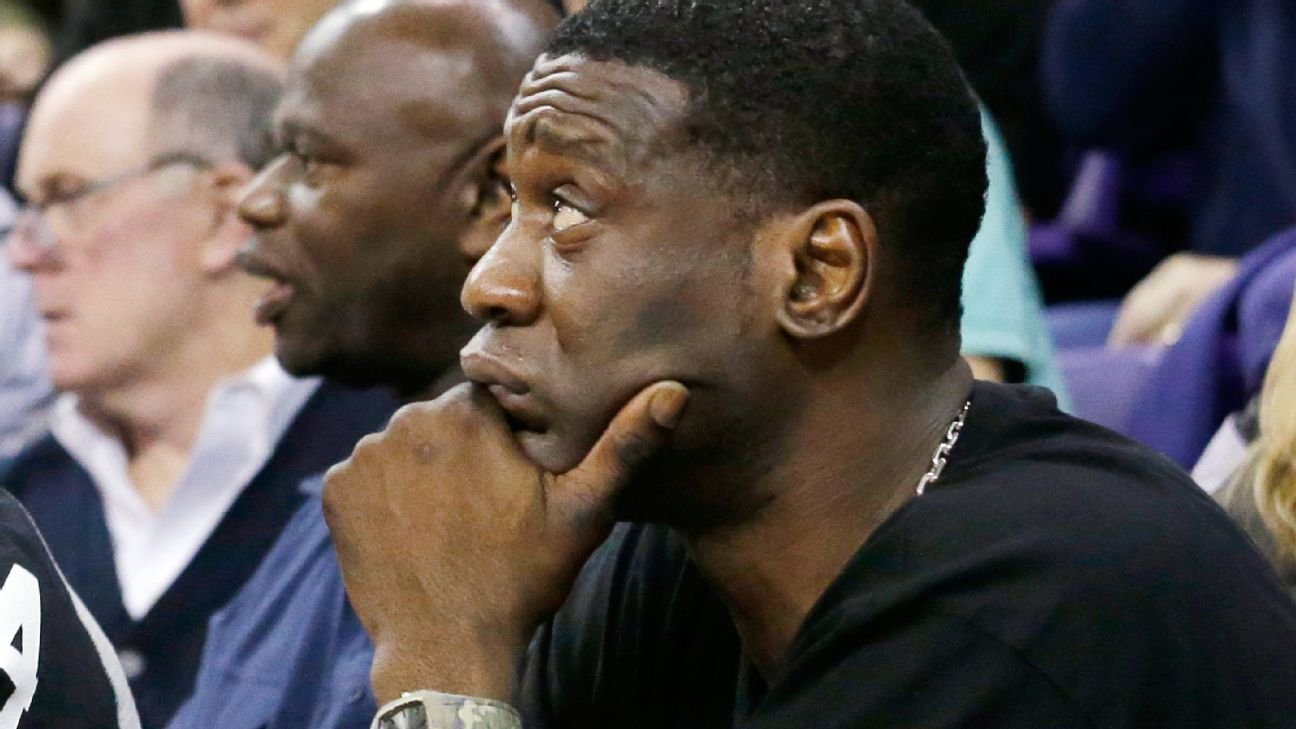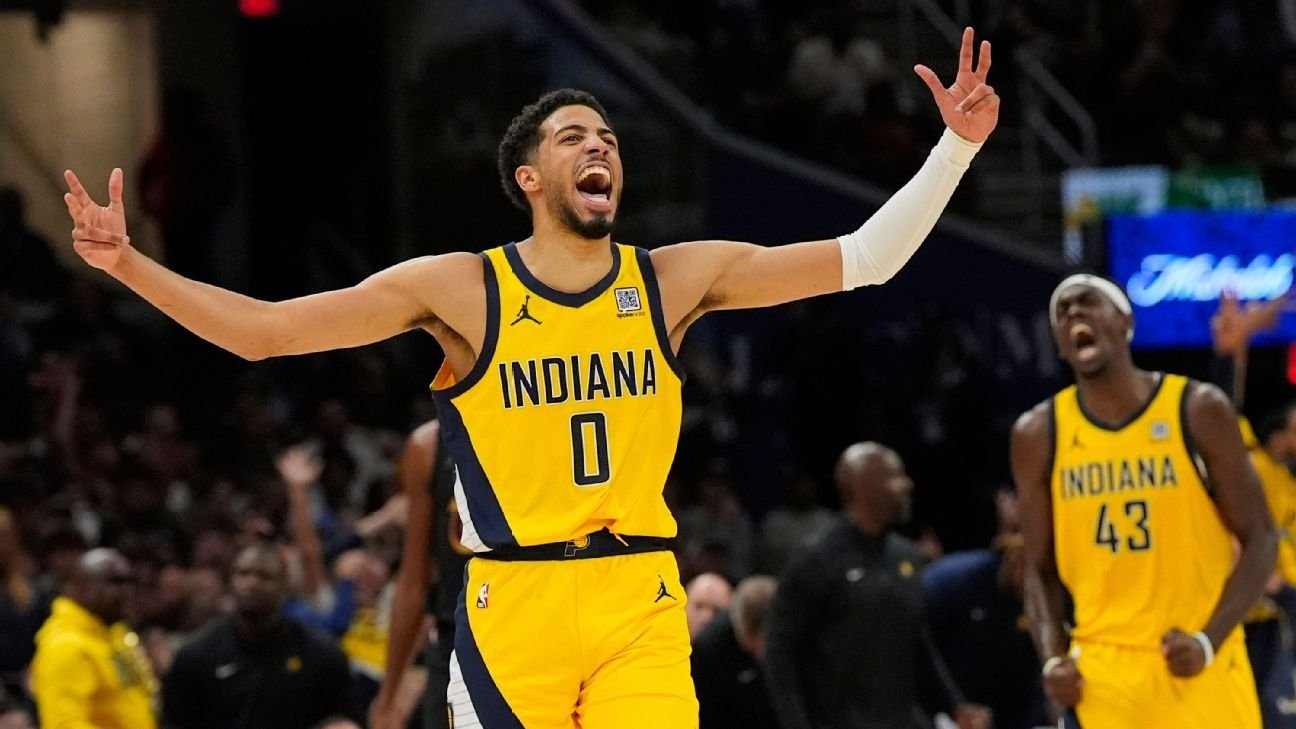
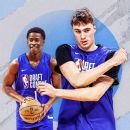
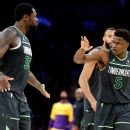

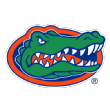
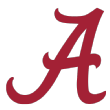
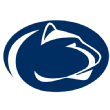
The biggest deadline in the 2025 NBA draft process and the final noteworthy date of the college basketball offseason came and went Wednesday, as the NCAA deadline for players to decide whether to keep their names in the draft or return to school passed at 11:59 p.m. ET.
Some prospects made their stay-or-go decisions at the draft combine earlier this month with Carter Bryant (Arizona), Drake Powell (North Carolina) and Thomas Sorber (Georgetown) all solidifying their intentions to remain in the draft, while others such as Boogie Fland (Florida) and Darrion Williams (NC State) announced their withdrawals.
That left suspense around the impending decisions of about 15 notable players. With prospects weighing feedback from the combine, agency pro days and their final workouts with NBA teams, the last of them took it down to the wire on Wednesday night.
Once midnight passed, though, both the draft (June 25-26) and the 2025-26 college basketball landscapes gained clarity. Which schools benefited the most from players returning to college? Which prospects should make jumps on NBA draft boards in 2026? Can Florida go back-to-back?
ESPN college basketball insider Jeff Borzello and NBA draft insiders Jonathan Givony and Jeremy Woo weigh in on the biggest storylines.
More NBA draft coverage:
Mock draft: Flagg to the Mavs and more
Combine: Risers, fallers | Lottery team questions
Draft assets | Top 100 rankings | Pelton’s top 30

How are NIL deals impacting the NBA draft landscape?
Givony: Not only did we see the lowest number of early-entrant candidates (106) in a decade, but another dozen or so draftable prospects withdrew at the deadline, making this one of the shallowest second rounds we’ve seen in a few years.
NBA teams have expressed surprise and concerns about this development, wondering how effectively they will be able to assemble summer league and G League rosters relative to years past, but most believe this is a temporary bottleneck (one caused by the abnormal amount of money) that will clear in the next year or two as the players who elected to return to school this year exhaust their NCAA eligibility.
This should ultimately lead to an older, more pro-ready crop of rookies in the future, too — arguably with additional cachet among casual fans who have more time to learn about the biggest college basketball stars.
NBA teams also understand they will need to adjust how they evaluate older prospects. In the past, it was easy to knock upperclassmen coming off dominant seasons when compared to younger players. But the level of competition in college has never been higher, with programs now able to recruit the very best players from across the globe, and experienced players staying longer — typically with the top teams in power conferences.
Players staying in school perhaps can’t be frowned upon for 22- and 23-year-olds as it was in the past, and analytics-oriented NBA executives are trying to determine whether — and to what extent — they should be tweaking their draft models to account for this new reality, which is very different than what they built their formulas on using data from the past decade or two. Yaxel Lendeborg, who withdrew and committed to Michigan, will be a prime example of this as 22-year-old projected first-round picks in his mold typically haven’t returned to college.
While the projected top-five picks of the 2026 draft are collectively considered historically good, the depth of this year’s high school senior class — i.e., 2025-26 freshmen — looks fairly poor, which might lead to one of the oldest first rounds we’ve seen in some time this time next year.
Borzello: The entire equation has changed for NBA hopefuls in college (and overseas). The possibility of being selected in the second round was once enough for prospects to keep their name in the draft, but with the ability to make millions through NIL, there’s a trend developing of players returning to college.
Even some projected first-rounders are making the decision to return to school for as much as $3 million in NIL deals while hoping to get firm guarantees from NBA teams a year from now.
A prospect’s decision no longer hinges on hoping his draft stock is good enough to make real money in the NBA vs. playing for free while developing at the collegiate level. With salaries for the final handful of picks in this year’s first round clocking in at below $3 million per season for the next two seasons, per the rookie scale, players projected in that range can now make just as much money by opting to stay in college while theoretically improving their draft stock.
As Givony mentioned, players staying in college for three or four years until they’re 22 is no longer a deal breaker for NBA teams — and that’s a result of both NIL and the transfer portal. Danny Wolf blossomed into a likely first-round pick after transferring from Yale to Michigan. Nique Clifford wasn’t on the NBA draft radar until he transferred from Colorado to Colorado State while Walter Clayton Jr.’s profile rose after transferring from Iona to Florida — both withdrew their names from the draft last year and now have first-round projections.
Which college basketball team is the biggest winner after the withdrawal deadline?
Borzello: Florida was one. There were other winners, certainly — including Houston (Milos Uzan), Michigan (Lendeborg), Auburn (Tahaad Pettiford) and Kentucky (Otega Oweh) — but the Gators went from a borderline top-20 team to a legitimate contender to open the season as the No. 1 team with a real chance to win back-to-back titles.
Florida was the beneficiary of Fland’s withdrawal, as the Arkansas transfer ultimately committed to the Gators a week after making his decision. Then Alex Condon, a fringe first-round pick, also withdrew to return to Gainesville. With both officially in the fold, coach Todd Golden has as good a starting five as there is in college basketball.
Alabama was also a surprise winner, with Labaron Philon announcing shortly before the deadline that he was going back to Tuscaloosa. Philon said at the combine that he had closed the door on a return to Bama, but his second-round projection and opportunity for a bigger role as a sophomore makes this the sensible decision.
It’s a huge boost for coach Nate Oats’ team, which had been searching for a dynamic playmaker on the perimeter.
With the addition of Fland and Condon returning, how well are the Gators set up to defend their title?
Borzello: As I mentioned above, Florida ascends into the preseason No. 1 conversation as a result of their decisions. The Gators have a different roster construction from a year ago, when there were more clearly defined roles and arguably better balance and depth throughout the roster. But now Golden has two shot creators and shotmakers in Fland and Princeton transfer Xaivian Lee in the backcourt, and one of the best — certainly the biggest — frontcourt in the country with 6-11 Condon, 6-9 Thomas Haugh, 6-10 Rueben Chinyelu and 7-1 Micah Handlogten handling the lion’s share of minutes.
They’ll have to figure out how everything fits, but there should be more optimism in Gainesville about a repeat than there was earlier this offseason.
Givony: Defend they will, as they are set up very well, with likely the best frontcourt in college basketball. There is plenty of shooting in the backcourt, with Fland, Lee, Ohio transfer AJ Brown and Urban Klavzar, who should be ready to step into a bigger role in his second season in Gainesville. Figuring out the shot-creation hierarchy between Lee and Fland will be important, and there are question marks to answer on the wing, but the bones are in place for a Final Four-contending team.
I would still rank Purdue No. 1 on my preseason ballot because of the certainty of returning two preseason All-Americans in Braden Smith and Trey Kaufman-Renn, but reasonable minds can differ here.
Woo: The biggest driver in March is always guard play, which places a ton of weight on what type of season Fland has as the presumptive lead ball handler. If he can improve on what he showed in his one season at Arkansas, both Florida and Fland should be quite happy with this marriage.
1:44
The best of Boogie Fland’s season with Arkansas
Check out Boogie Fland’s top highlights for Arkansas with news of his transfer to Florida.
Which college basketball team was most hurt by prospects who stayed in the draft?
Borzello: Penn State. While things had been trending in this direction for Yanic Konan Niederhauser since the combine, it still hurts coach Mike Rhoades and the Nittany Lions to see him keep his name in the draft.
After a relatively anonymous career at Northern Illinois in which he averaged 5.1 points over two seasons, Penn State added Niederhauser from the transfer portal last spring. The Nittany Lions were able to keep him out of the transfer portal earlier this spring and made a competitive offer to keep him, but the Switzerland native’s stock will never be higher than it is now as a borderline first-round pick.
It’s also worth noting that a handful of programs will be hurt by RJ Luis Jr. and Jamir Watkins — the best two available transfers in the portal — opting to stay in the draft. With those two out of the mix, there are very few options left for deep-pocketed schools in need of impact players.
Luis was being pursued by the likes of North Carolina, Kansas, Ole Miss, Villanova and Georgetown, while Washington was among the schools in the mix for Watkins. Where will those schools turn now? USC transfer Desmond Claude is the only uncommitted top-100 transfer, leaving European prospects and 2026 recruits who wish to reclassify as the best options.
The transfer portal most helped this draft prospect because …
Givony: Two years ago, Yanic Konan Niederhauser was coming off a freshman season in which he averaged 2.2 points in eight minutes per game for Northern Illinois. Now he is knocking on the door of the first round after a strong junior season at Penn State and outstanding performances at the G League Elite Camp and combine, where he measured and tested as one of the best athletes in the draft with an array of highlight-reel plays on both ends of the floor that stirred the imagination of NBA scouts.
The 7-footer is clearly on a different trajectory, as evidenced by the stark improvement he’s made in each of the past three seasons and his explosion in Chicago. That ascent likely would not have been possible without going from the obscurity of the MAC and to the pressure cooker of the Big Ten, where he was forced to find another gear with his intensity and put his outstanding physical tools to much greater use.
Woo: Entering the season, Danny Wolf was more of a curiosity for NBA scouts than a bona fide prospect coming off a strong year at Yale. That changed in a hurry, as he proved his skill set translated against high-level competition and settled in at Michigan, playing for a creative coach in Dusty May who was committed to utilizing Wolf’s versatility and playmaking skills.
The fact that Wolf operated as a de facto point guard at times — a role he may not have been granted at another school — added a level of intrigue.
Wolf is still a divisive evaluation among scouts, some of whom question the ultimate translation of his role into a high-value NBA context. But his rise from the Ivy League to likely first-round pick points to the benefits of picking the right school and coach, which even in the face of huge dollar values being thrown around in the portal, should be prioritized as players make their decisions.
Which prospect who returned to school has the best chance to rise in the 2026 NBA draft?
Givony: Several NBA teams were very interested in getting a closer look at Joseph Tugler during the predraft process, but he ultimately decided to not declare, announcing his return to Houston nine days after his season ended with a national championship game loss to Florida.
The 20-year-old is the second youngest player after Anthony Davis (Kentucky in 2012), to win the Lefty Driesell Award, given to college basketball’s best defensive player. He was also the youngest player since its advent in 2006 to win Big 12 Defensive Player of the Year. With his 7-6 wingspan, incredible motor, rim-protection instincts and ability to cover ground on the perimeter, Tugler could become a game changer defensively at the NBA level, too.
If he can find a way to cut down on fouls (he led all draft prospects in this category per-minute last season) and slightly improve offensively (54% free throw percentage), he can make a strong case as a first-round pick next season.
0:16
Joseph Tugler’s dunk brings Houston within 1
Houston comes up with a big steal and Joseph Tugler throws it down to bring the Cougars within a point of Duke.
Woo: I’m interested to see what Tahaad Pettiford will do with a bigger role at Auburn after his positive showing at the combine. Although his size (6-foot-1, 175 pounds) will work against him from a projection standpoint, I was intrigued by the mix of athleticism and skill he flashed in scrimmages, and am curious to see how he develops over the next 12 months. His explosive athleticism and microwave scoring ability will help his case as a potential outlier prospect with his physical dimensions.
Beyond the likely leap in offensive usage headed his way, the biggest thing Pettiford can do next season is demonstrate that he can add value in games where his shot isn’t falling. Part of that process will be expanding his game as a passer and playmaker for teammates, and becoming a more consistently impactful defender. Pettiford will likely always be a score-first player, but if he can be increasingly efficient while making the most of his ability in other areas, he’ll sharpen his case as a first-rounder, where he’ll project to begin next season. Going back to school to work on those things should prove to be a beneficial decision.
Who’s an under-the-radar prospect you like who went back to school and could be a first-round pick in 2026?
Givony: Bennett Stirtz, a 6-foot-4 point guard who played for Drake last season, was one of the breakout stars of the NCAA tournament, posting 42 points and 12 assists in two strong performances against Missouri and Texas, showing his game more than translates against elite-level competition after a dominant season in the Horizon League. Stirtz was ranked No. 35 in the ESPN Top 100 when he announced he would enter the transfer portal and follow his coach, Ben McCollum, from Drake to Iowa, not even bothering to test the NBA draft waters along the way.
NBA scouts won’t complain about having a full season to evaluate Stirtz in the Big Ten, where they’ll get a better feel for how his impressive ballhandling, ability to change speeds, touch and creativity finishing around the basket translate for a full season. Stirtz is a dynamic perimeter shooter who is one of the best passers and decision-makers in college basketball but getting a better gauge for his defense and how he handles coaches planning against him on a nightly basis will surely shed light on how high he should be selected next June.
Woo: Zuby Ejiofor didn’t grab many national headlines this season, but the big man took a major leap at St. John’s, making the All-Big East first team and also named the conference’s most improved player. Although his team’s season ended in the NCAA tournament’s second round, Ejiofor’s 23 points and 12 rebounds against Arkansas left a positive impression, showcasing his physicality and motor in the paint. Though undersized for a center, Ejiofor’s overall impact on the game makes him an interesting role player candidate at the next level.
Ejiofor’s rugged, all-out style raises his team’s floor on a nightly basis, and the fact he recently turned 21 will work in his favor going into his senior season. Continuing to work on his frame, improve his mobility and hone his offensive decision-making could broaden his NBA appeal. It seems likely coach Rick Pitino will lean on him again, leaving room for a step forward in production that could bump his prospect status in a meaningful way.
[ad_2]


